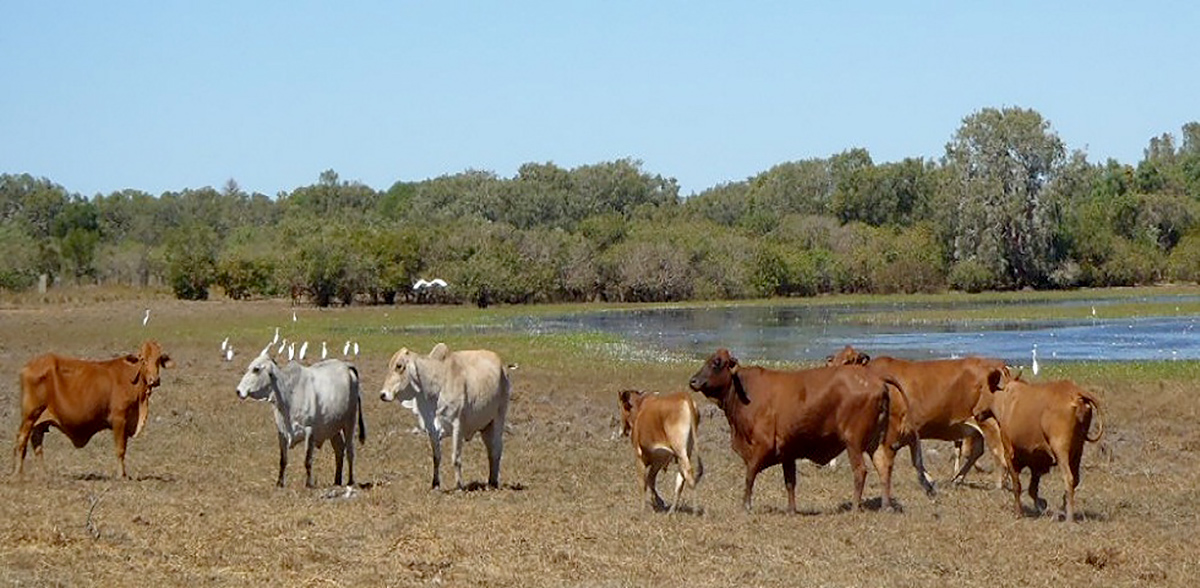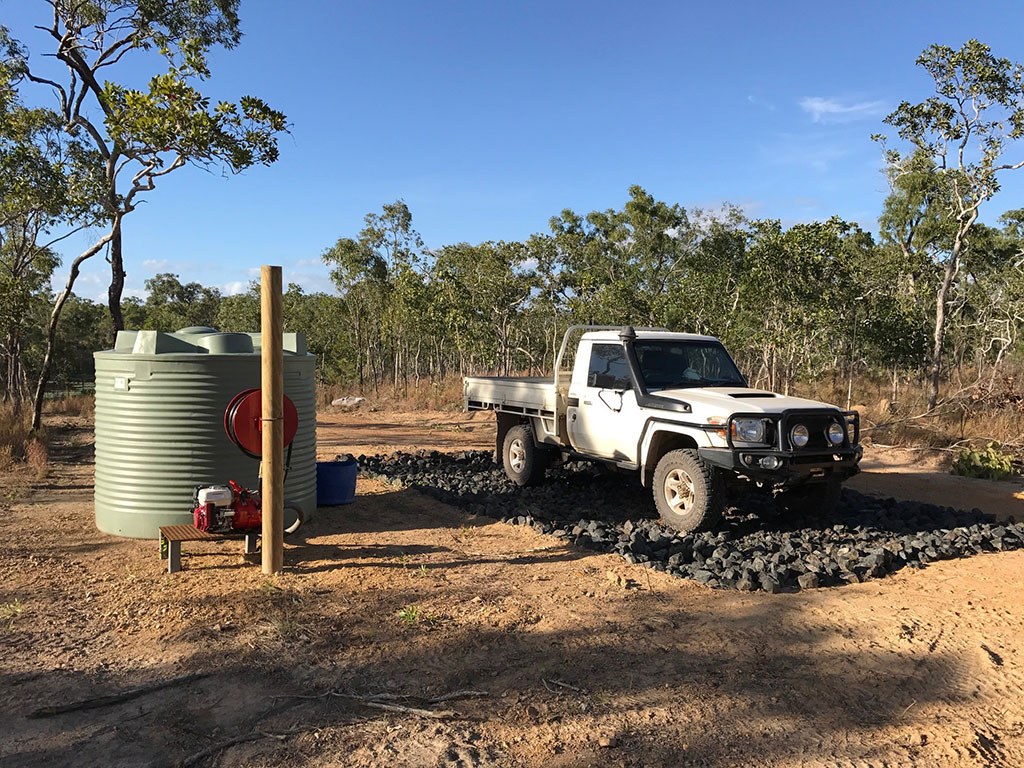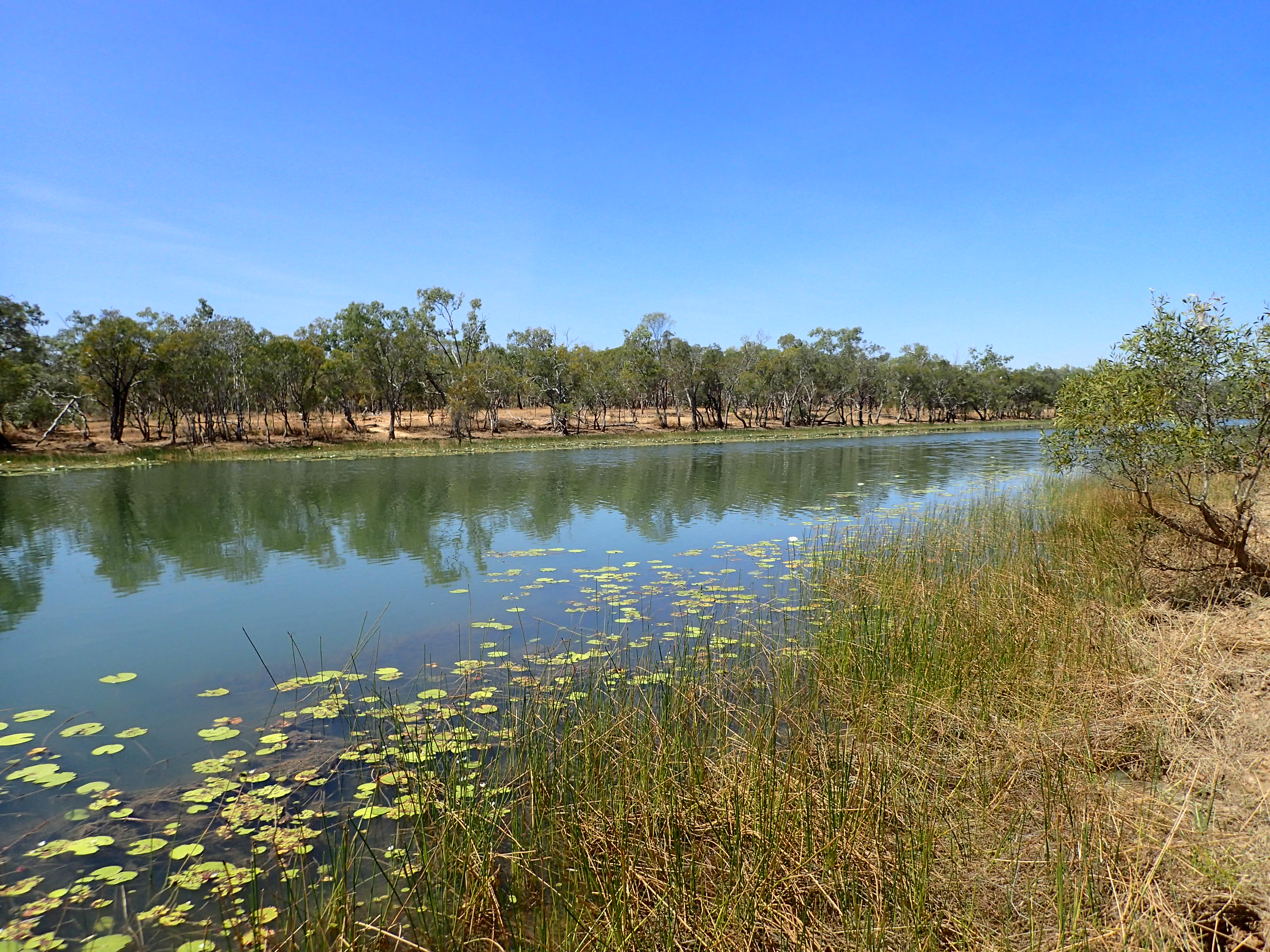This is our country, it's important to share it with young generations.
And here it's more important because I want to show my kids what my ancestors left here who asked to look after.
We're here today on NAK Country on Crystalvale Nature Refuge, which is about 15 kilometers southwest of Coen on the Cape York Peninsula.
Crystalvale Nature Refuge spans 90,000 hectares and that area is dominated by eucalypt open Woodlands and eucalypt Woodlands, as well as some other important ecosystems including wetlands.
Crystalvale Station is part of three corporate carbon stations, all nature refuges, which form a continuous ecological corridor of about 500,000 hectares, which is pretty significant.
We have quite a unique set up in which we own a lot of the land that we operate the projects on and we run cattle operations on these properties as well as carbon projects.
We run Savannah fire management projects which use Indigenous inspired fire management practices to ensure the best possible outcomes for the environment.
A nature refuge is an agreement with the landholder and the Queensland Government where the landholder needs to protect and conserve the plants and animals and cultural heritage on the property, but at the same time is allowed to undertake sustainable economic activities.
We've received funding from the Australian and QLD Governments as part of their Protecting Important Biodiversity Areas program and the Nature Assist program to build and work on
maintaining existing fence lines and putting in some new fence lines to keep feral animals and stray cattle off the property and then fire breaks to improve the fire management on the property.
The whole aim to this turn of fire management is to prevent hot fires.
So we're doing like a preventative burn. It's a cool burn.
It just helps us manage our our hot fires later in the season to make fire breaks.
When it gets hotter and dry later in the season we can stop those hot fires.
We're trying to be as safe as we can and still run our cattle.
So it's all about management.
The funding that we've got has allowed us to work on an infrastructure plan and we have got funding to carry out ecological and cultural heritage surveys.
When the infrastructure works go ahead, they will avoid culturally or ecologically sensitive areas.
We can co-design that infrastructure together with nature and with the traditional owners of the land.
So with some consultation with Ngan-Aak-Kunch, they have selected certain traditional
knowledge holders of Ngan-Aak-Kunch, or WIK people who are out here to
identify culturally significant areas.
Some of these people have not been out here. They haven't accessed this for over 40, 50 years.
These sacred areas are significant to them in terms of traditional practices and and customs and and beliefs.
To them, it's more like coming home, being back on in country.
I pay my respect to the WIK people for allowing for me to be part of this project.
My name's Frederick Thomas Shortjoe.
I am really from here Coen, my mom's from Aurukun and I lived at Aurukun.
When I got here, I feel like, oh, I am home.
I feel lively when I'm when I first got here. Today, we went around to trying to find to put the fence over the ancestral grounds. Our story places.
We look for if there's any axes that they left.
Could be a stone axe. We don't touch that. We leave it where it belongs.
If you find a bone, we won't touch it. We leave it.
So we are trying to protect it from people coming in. Combined with us, its more working with us, not against us, but with us.
It's more important than for you, your father and your kids and your kids, kids, your grandchildren.
Keep your home, connecting the land and the people.
It's a very privileged and humble feeling to be a part of something as significant as this.
It's being part of someone else's journey.
You know, everyone's very protective of certain sacred areas.
And as an Aboriginal woman myself, I understand how that is.
And they're willing to share that with another territorial group or other people.
It is, it's kind of humbling.
I guess it's about including engaging the traditional owner groups out on country and Corporate Carbon has got this approach of engaging with the TO groups and having them involved in every aspect of the stations and the leases.
My future vision of all of this it is to see more Aboriginal people, more traditional owner groups,
actively engaged in all activities on Country, whether it's protecting significant sites, whether it's mustering, fencing, taking care of the property, being part of all the healthy Country and
incorporating traditional knowledge on Land Management.
The Crystalvale Grant has enabled us to properly manage the land better with those fire breaks and those fences that we're doing there and working with the local indigenous groups to help us with the fire management and to help us with just understanding the land better.
We've become a bigger part of the community too.
It's been wonderful to be part of this program and this has really allowed us to showcase how cattle and carbon can work together and at the same time manage the land sustainably.
So we can now have healthy country which helps the local communities, it helps the cattle operations and it helps the carbon operations.
And that's what we're trying to do at Corporate Carbon to show that you can successfully run these two different economic projects at the same time and maintain a healthy ecosystem.
And I think what's even more special is being here with the traditional owners as well and learning from them at the same time.
And that's what we want to take forward and make sure that we learn from them and incorporate their ways of managing country into our ways of managing country.
This project is supported with funding from the Australian Government's Protecting Important Biodiversity Areas program and the Queensland Government's Nature Assist program.






